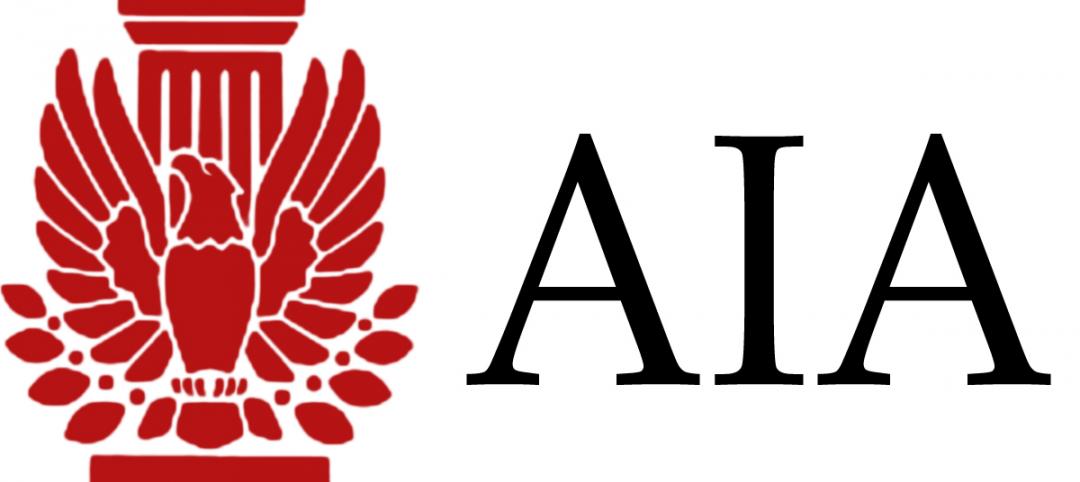Editor's note: This article was originally published as part of an AIA/CES Discovery course: "EIFS: How to succeed with exterior insulation and finish systems." Take this free course at BDCUniversity.com.
After vast swaths of Europe were destroyed in World War II, cities looked to rebuild quickly and inexpensively. EIFS was first introduced in Germany during the post-war years as a wall system that enabled the rapid redevelopment of devastated areas.
The technology was brought to the United States in 1969 by the building product manufacturer Dryvit, and it gained popularity during the energy crisis of the 1970s, when retrofitting walls with exterior insulation improved performance and cut energy costs.
The EIFS industry continued to enjoy steady growth through the 1980s, thanks chiefly to the product’s insulating properties, light weight, aesthetic flexibility, low cost, and versatility. In addition to new construction, EIFS was commonly used for retrofits, where it could be applied easily over existing exterior walls to improve energy profile and provide a fresh appearance.
Available in a wide range of colors, shapes, and textures, EIFS allowed architects the flexibility to design new façade profiles at a relatively low construction cost.
This versatility led to the proliferation of EIFS in the residential and light commercial markets. In 1981, the EIFS Industry Members Association was formed to advocate for EIFS manufacturers and improve product performance.
Related Stories
| Jan 2, 2013
Trends Report: New facilities enhance the quality of campus life
Colleges and universities are building state-of-the-art student unions, dining halls, and other non-academic buildings to enrich the campus experience, boost enrollment, and stay competitive.
| Jan 2, 2013
M&A activity at U.S. AEC firms up slightly
Total mergers and acquisitions in the AEC industry hit 171 in 2012, up slight from the 169 deals in 2011.
| Jan 2, 2013
Global data center market to ‘slow’ to 14.3% this year
Total global investment in data centers is expected to slow down somewhat this year but still increase at a respectable 14.3%, according to DCD Intelligence.
| Jan 2, 2013
Construction jobs made gains in 2012, even with a slow Q4, says Gilbane report
The construction sector in the nine states with 50% of construction employment was up 169,000 jobs from February to September 2012, following a lost of 137,000 jobs from September 2011 to January 2012.
| Dec 21, 2012
ABI gains for fourth straight month
Positive business conditions for all building sectors.
| Dec 17, 2012
CSM Group names recipient of the CSM Architect Fellowship Grant
With the money from the grant, Harlow has chosen to use it entirely for the Chapter of American Institute of Architecture Student’s Freedom by Design Program at Andrews University.
| Dec 9, 2012
AIA: Laboratory design, building for breakthrough science
To earn 1.0 AIA/CES learning units, study the article carefully and take the exam.














